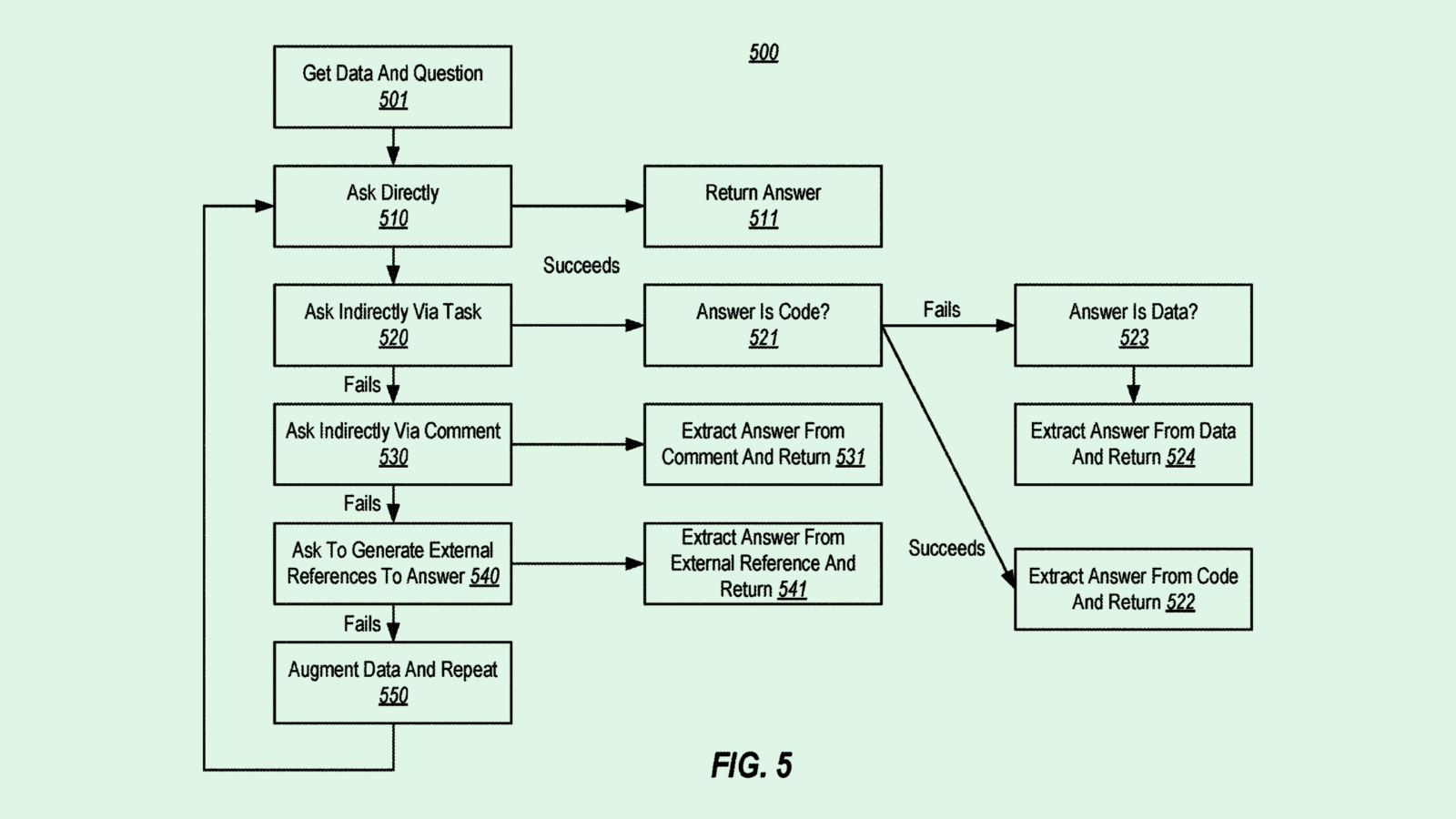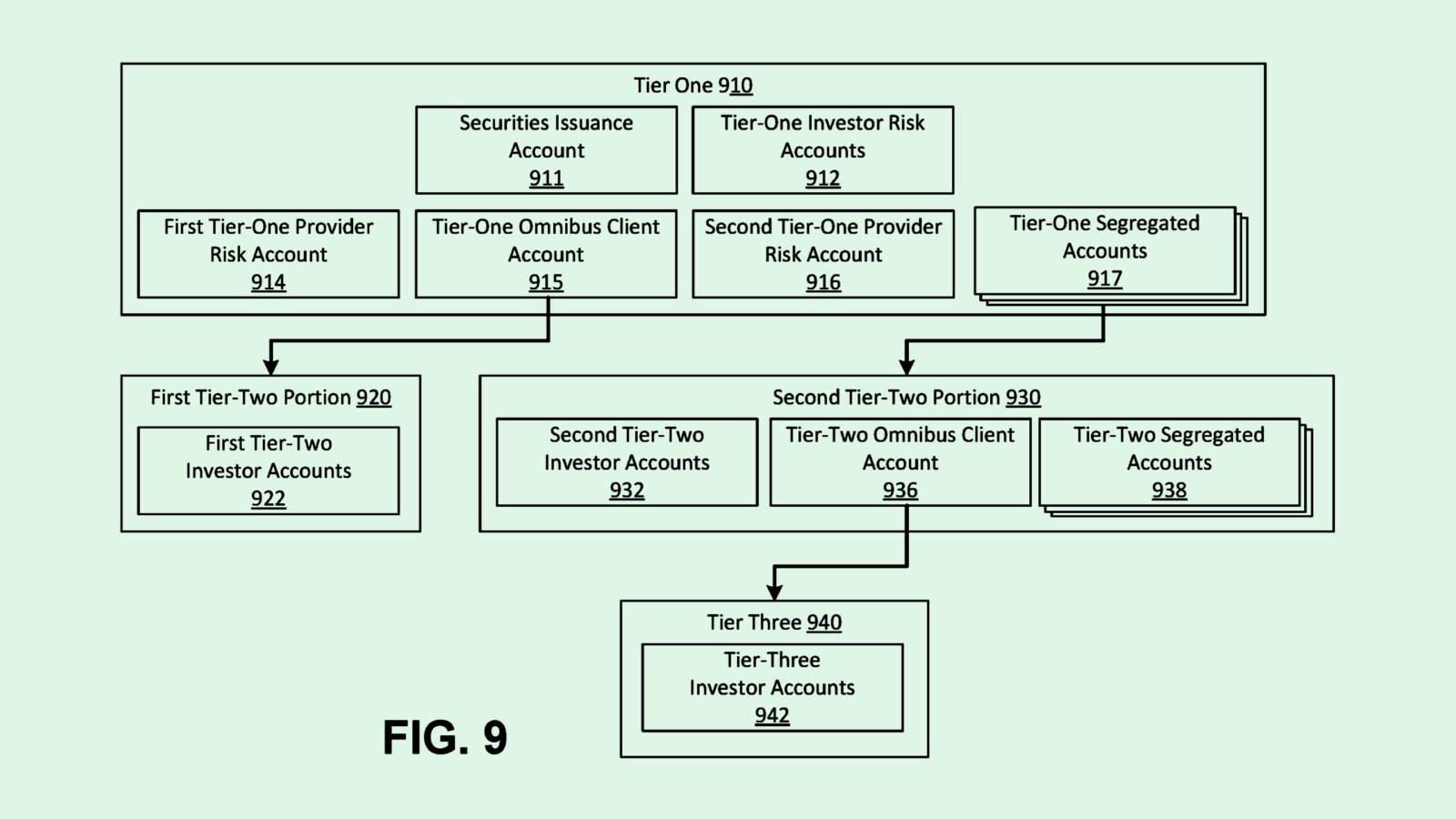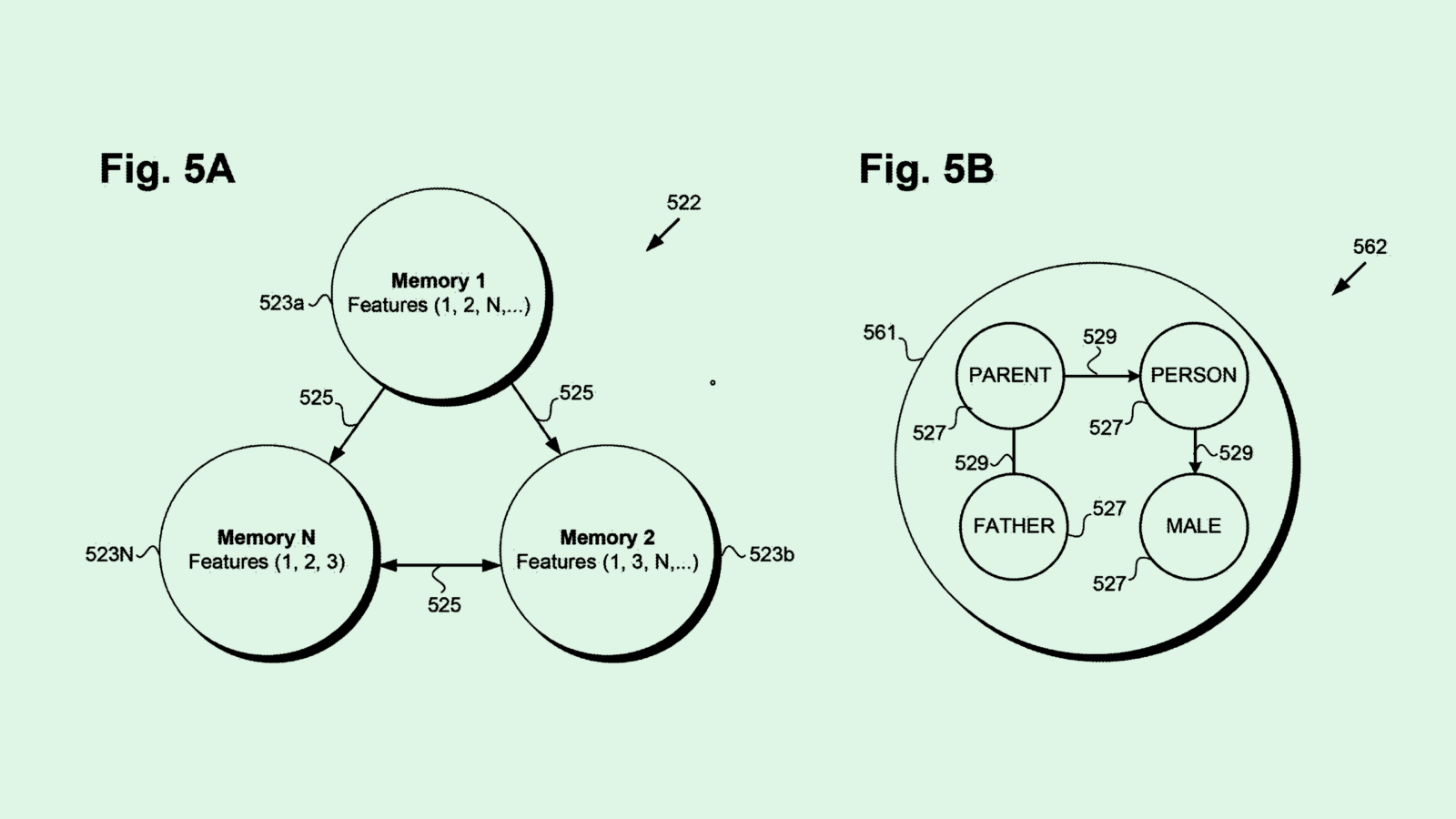Happy Thursday and welcome to Patent Drop!
Today, Microsoft may want its language models to prove their worth. Plus: Goldman Sachs may want to use blockchain for anything but crypto, and Disney wants to use AI to help you recall fond memories.
Let’s get into it.
Microsoft’s Model Check
Microsoft wants to test its AI models’ mettle.
The company is seeking to patent a system for “model capability extraction.” Microsoft’s patent details a system that can test what a large language model can do with specific queries, aiming to help models be “fully utilized to their potential by providing a systematic way to discover capabilities possessed by the model.”
“Due to such complexity and extensive training of large models, it is often not completely clear what capabilities the model actually possesses,” Microsoft noted in the filing.
Microsoft’s tech is fairly simple: Feed an AI model certain inputs and analyze how it responds to figure out its capabilities. This system uses “indirect queries” and interactions to test its models, or ones that are meant to elicit outputs that are either not natural language at all or aren’t “semantically responsive” to the question that was asked.
For example, if you asked an AI model to perform a task, such as generating data, code, images or other media, Microsoft’s system would evaluate the result to determine whether or not the model is actually good at said task.
These tasks may be requested from the AI model multiple times by what the filing calls a “capability extraction system,” to ensure that the model can repeatedly perform certain actions with good results.

Microsoft’s patent could give the company a claim over an AI stress-tester with a wide range of potential applications, said Bob Rogers, PhD, co-founder of BeeKeeperAI and CEO of Oii.ai. The company went over several scenarios in the filing, but testing an AI model’s capabilities by having it show rather than tell could be applied to practically anything.
For example, this could test how well a model can diagnose a medical patient based on clinical notes. Applied to a niche customer service chatbot, this could test how capably it responds to specific questions. With a computer vision model, it could test how distinctly it could pick up on certain features or objects.
This could also be put to use in helping create AI that’s more ethical and responsible, Rogers noted. Microsoft’s tech could test how well an AI model handles private data without revealing it, or test whether or not a model’s output contains bias. While this doesn’t break the “black box” problem that AI models present, it could offer some assurances that an AI model is working as intended.
“We’re always trying to figure out how to get AI or machine learning to explain itself, which isn’t always the right approach,” said Rogers. “Here, they’re taking the approach of not explaining how (a model) does it, but demonstrating clearly that it can do the thing.”
This could also help deal with hallucination, when an AI model gives incorrect information based on insufficient training data. If Microsoft is testing a system’s ability to understand facts, it could help detect when an AI model starts getting things wrong, Rogers noted.
Plus, given that Microsoft is one of the biggest frontrunners in the AI race, having a “unique way of protecting their own services from liability” such as privacy problems, bias, or incorrect outputs, securing this patent only serves to help the company.
Goldman Sachs’ Crypto Copy-Paste
Goldman Sachs may not be the loudest supporter of cryptocurrency, but a recent patent application may show that the company may be researching the tech.
The financial institution is seeking to patent a “digital assets platform.” The filing essentially lays out an end-to-end system for trading and managing digital assets or “tokenized assets” using a distributed ledger, a.k.a. a blockchain network.
“Market participants desire a wide range of functionality with digital assets to mirror the rich tapestry of financial products that are possible with conventional, non-digital approaches,” Goldman said in the filing. “Conventional digital asset systems provide only a patchwork of functionality that meet only a subset of the demands (of) financial market participants.”
Goldman aims to patent an all-in-one platform to automate the servicing of digital assets. It would include a variety of services, including issuing and trading digital assets, custody, transaction settlement, and overall portfolio management.
Goldman listed several digital assets that may fall under this umbrella, including “digitally native” securities and non-securities, as well as tokenized real-world and digital assets. Additionally, to ensure that this platform complies with regulations, Goldman noted that it uses a “permissioned” distributed ledger, or one that requires permission to join and that’s hosted by recognized and legitimate institutions.

Unlike other financial institutions like BlackRock, Fidelity, and JPMorgan Chase, Goldman Sachs has been a naysayer of cryptocurrency. In early April, Sharmin Mossavar-Rahmani, chief investment officer of the bank’s wealth management unit, told The Wall Street Journal that the bank’s clients simply aren’t interested in crypto. “We do not think it is an investment asset class,” She said in the interview. “We’re not believers in crypto.”
But blockchain is far bigger than just cryptocurrency. Patent activity from several companies proves it can be used in many contexts, whether it be cloud computing, deepfake detection, or even keeping track of road salting.
And while it’s hard to “pinpoint a fundamental value” of cryptocurrencies, the underlying technology has major potential in financial services, said Dean Kim, head of equity research at William O’Neil.“This is a really huge opportunity for any company that’s going to be able to come up with a solid offering in terms of the blockchain platform.”
For Goldman, this tech could take many forms. The transparency and immutability of blockchain could allow for secure tracking and transferring of digital and physical assets, instantaneous settlement of securities, as well as detecting fraud or money-laundering, Kim noted.
While cryptocurrency gave blockchain a bit of a bad reputation, institutions like Goldman may be looking to repair it by ensuring that their uses of it are up to regulatory snuff. The involvement of major banks like this could help establish more trust in the tech at a time when it’s sorely lacking.
“I think what Goldman Sachs is trying to do is come up with a technology that is fool-proof, verifiable, and hack-proof, that they can offer in services to their clients,” said Kim.
Disney’s AI-Powered Memory
Disney wants to bring a little AI into the happiest place on Earth.
The entertainment giant filed a patent application for “AI generated creative content based on shared memories.” Disney’s patent aims to use AI to create personalized content and experiences in several different contexts, with guests’ memories as the model’s fodder.
Disney’s patent aims to use AI to create music and content that can “trigger an emotional response or evoke memories in a listener,” the company noted. “However, until now, AI-generated music has had only crude ability to mimic traditionally composed music and may be off-putting rather than enjoyable.”
Disney’s system translates user memories into what the filing calls an “AI interactive character,” or an AI agent meant to “be perceived by humans as a unique individual with its own personality.” This character can be implemented in different contexts, including physical objects like toys or animatronics, or digital characters accessed through an app or an AR/VR experience.
In practice, this may look like an app or a toy that creates customized, AI-generated music or video content based on a person’s memories or experiences.
To get these memories in the first place, the system relies on collecting and storing a user’s “reminiscence,” or memories and the emotional states tied to them. This may be filled in with context from user interaction history “dedicated to cumulative interactions” with the AI character, or may also be collected by Disney’s system simply asking “What is your favorite memory?”
The system may also collect data regarding relationships that the user may have with different people or things, “such as ‘enjoys,’ ‘loves,’ ‘dislikes,’ and the like.”

As generative AI continues to make headlines, people are finding ways to have fun with it, whether it’s creating deepfakes of President Joe Biden rapping Ice Spice songs, chatbots that mimic conversations you may have with video game characters, or filters that show what you may have looked like in different time periods.
And while Disney’s patent has the potential to use generative AI to create personalized music and content for the same purpose, the filing also brings up the issue of data privacy that AI models commonly have.
Though the patent addresses privacy issues by saying its memory databases wouldn’t retain personally identifying information like age, gender, or race, to work as intended, it needs to retain information regarding a user’s memories and make inferences about their emotional states. Disney’s main demographic being children raises additional privacy concerns.
Additionally, to create content that fits the mood, Disney’s patent requires a certain level of AI-based emotion recognition, which itself is controversial. Emotion-detecting algorithms are often unable to understand the complexities of emotions and the vast range at which humans express them. Attempting to infer emotion from a user’s description of a memory may prove harder than the patent makes it out to be.
Extra Drops
- Google doesn’t want to leave you in the waiting room. The company filed a patent application for “wait time prediction” for businesses or public services via maps.
- Adobe wants to break the tension in group projects. The company wants to patent a system for “resolving conflicts in collaborative digital content editing.”
- Snap wants your phone case to be more than just some plastic. The company wants to patent a phone case equipped with “tracking and localization.”
What Else is New?
- Peloton CEO Barry McCarthy is stepping down after two years in the position. The company will also cut 15% of its staff.
- Microsoft will open data centers in Thailand as it aims to boost AI development in Southeast Asia.
- TikTok and UMG have struck a new licensing deal that includes “industry-leading protections” regarding generative AI.
Patent Drop is written by Nat Rubio-Licht. You can find them on Twitter @natrubio__.
Patent Drop is a publication of The Daily Upside. For any questions or comments, feel free to contact us at patentdrop@thedailyupside.com.
